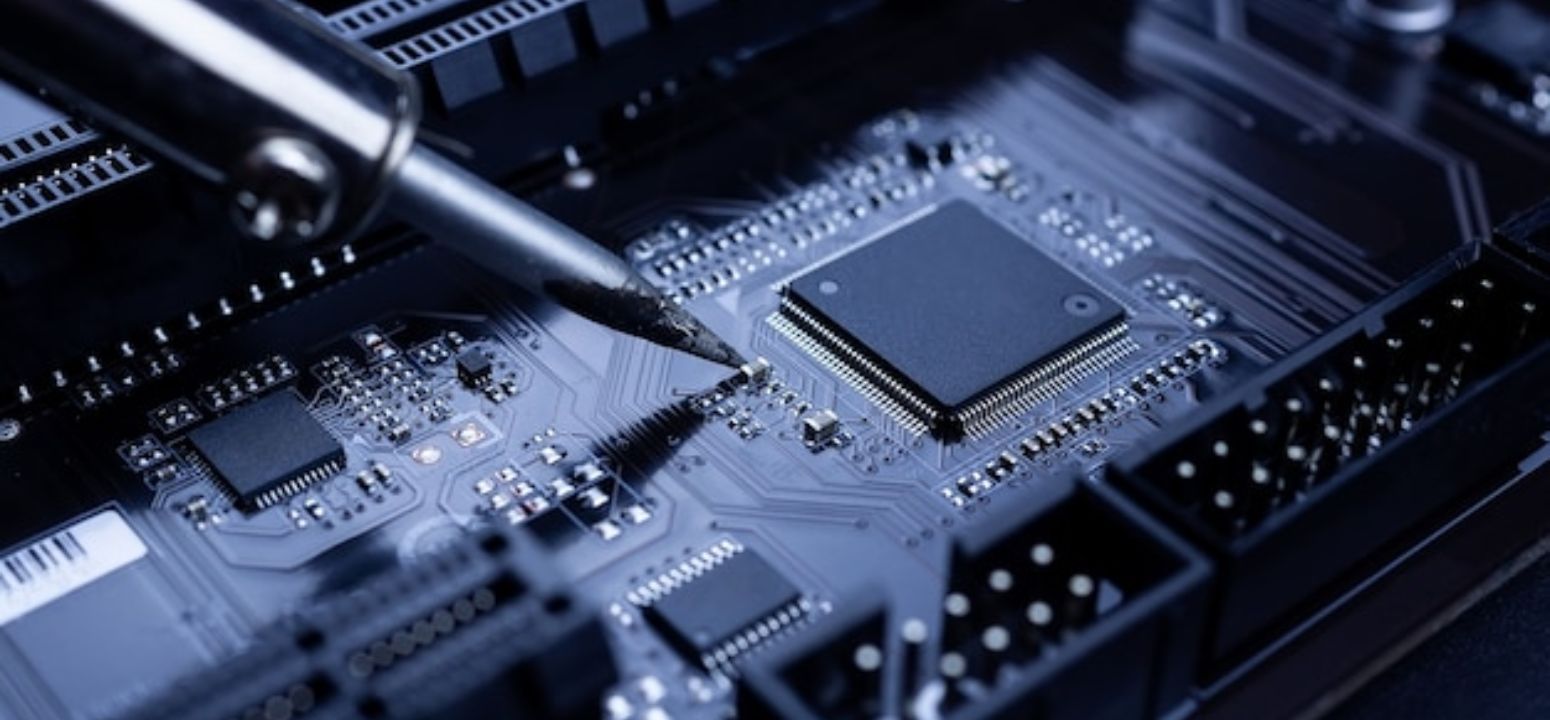
Bistability is a fundamental concept in the design and operation of Very-Large-Scale Integration (VLSI) circuits. It plays a crucial role in the functionality of digital circuits, especially in memory elements and flip-flops. This blog post will delve into the bistability principle, its significance in VLSI, and its practical applications.
What is Bistability?
Definition of Bistability
Bistability refers to a system’s ability to rest in two distinct stable states. In the context of VLSI, it typically involves electronic circuits that can maintain one of two possible output states (0 or 1) indefinitely until an external input causes a state change. This property is essential for creating stable memory elements and logic gates.
Bistability in Electronics
In electronic circuits, bistability is achieved using feedback mechanisms that reinforce the current state. For example, a simple bistable circuit can be constructed using cross-coupled inverters, where the output of one inverter is fed into the input of another, creating a loop that can hold one of two stable states.
The Role of Bistability in VLSI Design
Importance in Digital Circuits
Bistability is the cornerstone of digital storage. Without it, digital circuits would not be able to reliably store data. Memory cells, flip-flops, and latches all rely on bistable circuits to retain their state until changed by a control signal. This makes bistability critical for operations ranging from simple data storage to complex computational tasks.
Bistable Devices in VLSI
In VLSI design, various bistable devices are used, including:
- SR Latch: The simplest form of a bistable device, made from NOR or NAND gates.
- D Flip-Flop: A clocked device that captures the value of the data input at a specific instance and holds it until the next clock cycle.
- JK Flip-Flop: A versatile flip-flop that can toggle its output state based on the input signals.
Practical Applications of Bistability in VLSI
Memory Elements
The most obvious application of bistability in VLSI is in the design of memory elements such as Static Random-Access Memory (SRAM). In SRAM cells, bistable circuits hold data bits, allowing for fast and reliable access to stored information.
Sequential Logic Circuits
Bistable elements are also fundamental in sequential logic circuits, which depend on the ability to maintain state information over time. Flip-flops and latches are used extensively in these circuits to manage state transitions in synchronous systems like CPUs and digital signal processors.
State Machines
In finite state machines, bistability enables the system to maintain its current state and transition to a new state based on input signals. This capability is vital for designing control units in processors, where precise state management is required.
Conclusion
The bistability principle is a critical aspect of VLSI design, providing the foundation for memory storage and state management in digital circuits. Understanding how bistability works and its applications helps in designing more efficient and reliable VLSI systems. As VLSI technology continues to evolve, the principles of bistability will remain integral to the development of advanced digital circuits and systems.
Also Read : fpga architecture in vlsi
To know more about VLSI Course , SuccessBridge VLSI training institute. You can begin your VLSI career by enrolling in the placement-assisted live courses available at SuccessBridge We offer various VLSI online courses. We offer VLSI Physical Design course, Design Verification course, DFT Training , Chip design course many more. Explore VLSI Courses From The Leaders In VLSI Training






